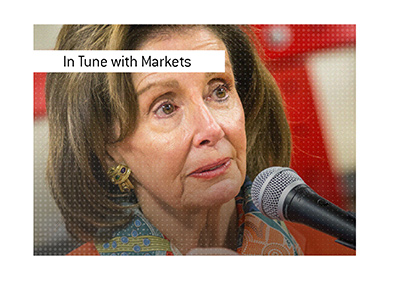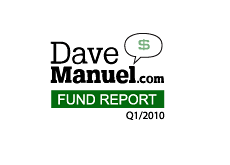Window Dressing: What Exactly Does It Mean?
 You have probably heard the term at one time or another when you have been watching CNBC or reading your favorite financial magazine. "XYZ was up in late day trading, and traders are speculating that it was due to window dressing." Huh? What does that mean exactly?
You have probably heard the term at one time or another when you have been watching CNBC or reading your favorite financial magazine. "XYZ was up in late day trading, and traders are speculating that it was due to window dressing." Huh? What does that mean exactly?Window dressing works like this. Mutual funds need to send out quarterly statements and reports to all of their clients, outlining how the fund did in the quarter, and also outlining exactly which stocks that the fund is holding. They will report all of their holdings as of a certain date, let's say, the last business day of March, June, September and December.
Now let's say that we have a technology fund that holds a basket of different technology stocks. Let's assume that Google reports really strong earnings numbers, and has been basically on a three month tear from April 1 to the end of June. Google is the talk of the market, yet the technology fund doesn't own any Google.
Well they want their fund holders to think that they were sage enough to own Google through its monstrous market run, so they will buy Google on the last day of the quarter, let's say June 30th. That way, when they send out their quarterly statements at the end of June, fund holders will see that the fund owns Google as of June 30th, even though the fund missed all of the move. This is called "window dressing."
On the flip side, funds can also sell losers on the last day of the quarter, so that fund holders don't realize that the fund held a stinker such as Enron or Worldcom. They flush it off the books at the end of the quarter, and fund holders are none the wiser.
This is window dressing, and it happens every quarter. Shady isn't it?
Filed under: Stock Market Education | General Knowledge



